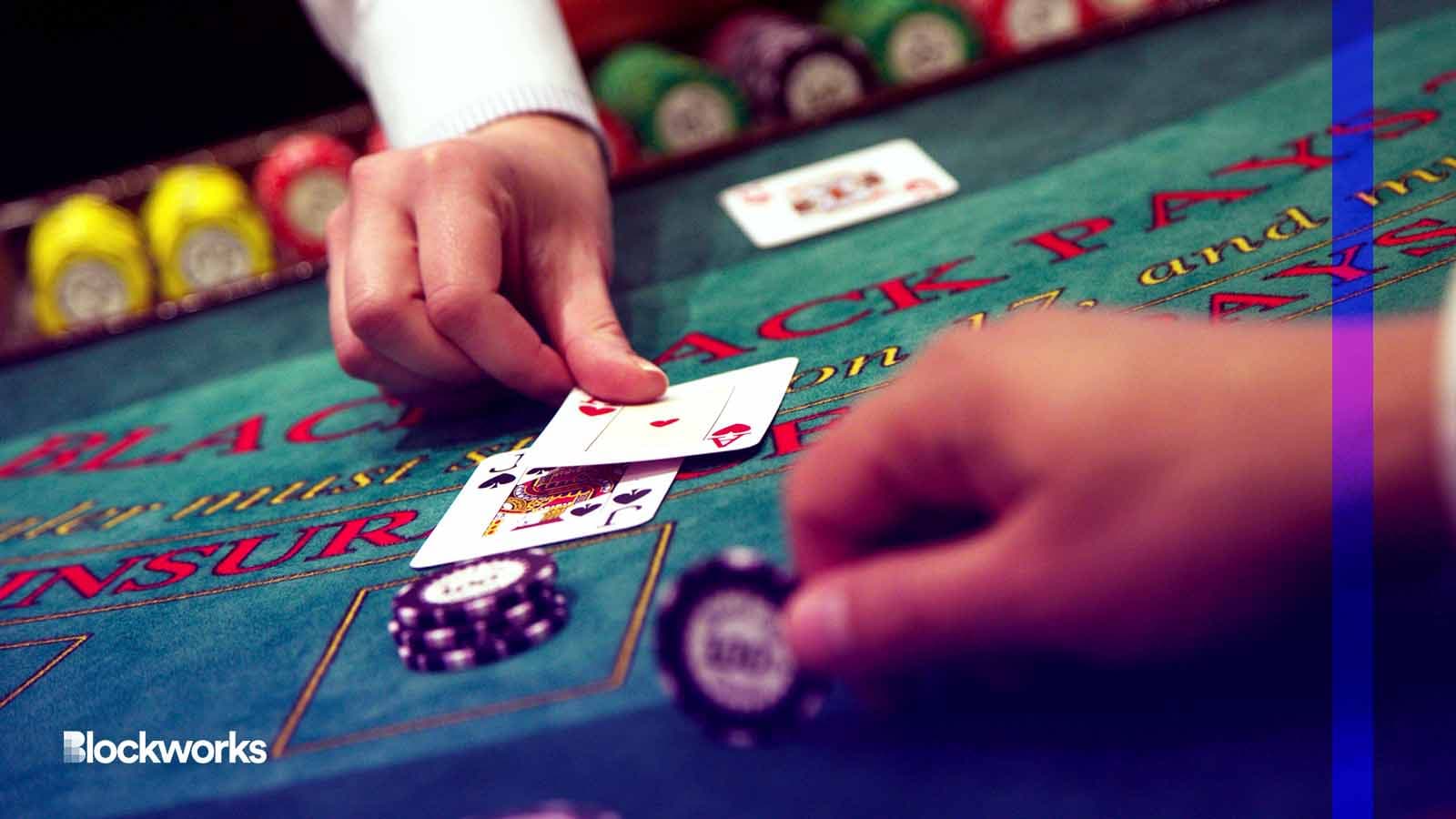Building Credible Neutrality in the MEV Battleground
Over the past few years, developers in the Ethereum ecosystem have been considering methods to ensure credible neutrality

juliannedev/Shutterstock modified by Blockworks
Imagine heading to a casino and sitting down for a game of blackjack. The card game works as usual, with an important exception: one other player at the table gets to look at everybody’s cards before deciding what they should do.
Would you play?
It’s pretty obvious that the all-seeing player would have an enormous advantage against the rest of the table. Chances are, nobody would want to play under these conditions.
Not only should a game involving other people’s money be fair, or ‘neutral’ in nature, it must also exhibit observable credibility. Without credibility, even if the game is fair, no one would be willing to participate. This issue of credible neutrality and MEV poses a unique challenge for blockchain protocols.
MEV, or “maximum extractable value,” is the constant effort by participants in a blockchain protocol to exploit the system in ways that gather value at the expense of users. It often involves certain actors seeking out the intentions of users and taking advantage of that knowledge to extract value, much like the omniscient blackjack player.
Over the past few years, developers in the Ethereum ecosystem have been considering methods to ensure credible neutrality, as explained by Vitalik Buterin in 2020, throughout the transactional process.
It’s no easy task. Flashbots researcher Quintus Kilbourn and Ethereum Foundation researcher Barnabe Monnot spoke to Blockworks on the Bell Curve podcast about this issue. They explored the challenges of achieving credible neutrality through the separation of tasks that would otherwise enable unauthorized sneak peaks at transaction activity.
The simplest method to ensure credible neutrality is for transactions to be blindly processed as they arrive from users. The key problem that arises with this approach is spam. Users will simply fire as many transactions into the system as they can to hopefully, with some luck, be prioritized. It’s extremely inefficient and can seriously bog down a network.
The other possibility is to use an auction system of some sort to bid for transaction priority. This is where things get quite a bit more complicated. What kind of auction, where it happens, and who sees what at which point in the process, determines the neutrality of the bidding and whether it’s credible.
Kilbourn suggests a “more general auction layer that can be programmed to facilitate more specific kinds of auctions” could be a useful approach.
“You allow people to compete and propose different kinds of mechanisms,” he says, “but still capture the specificity of different kinds of auction needs.”
Different utilities require different sorts of auctions, Kilbourn says. “The kind of auction which is best for DEX trades looks a bit different from the auction that works well for NFTs,” for example.
Monnot wonders if such auction mechanisms should be baked into the protocol or remain independent. “Should the protocol then be involved? My perspective is that when it does, we are kind of locking in a certain type of allocation mechanism and perhaps we don’t want to do that.”
“Perhaps we want to preserve the optionality of innovation in terms of the auctions or even the market structures might change over time. So we want to give ourselves as much room to be agile and to let the market kind of figure out the best mechanisms for that.”
SUAVE
A broader solution to the problem of credible neutrality for any blockchain is being built into Flashbots’ SUAVE, the “Single Unifying Auction for Value Expression.” By breaking down the block-building process, SUAVE “allows crypto to stay decentralized,” according to Flashbots.
SUAVE is designed to allow “users to transact with the best execution, while reducing the economic centralization pressure on each domain,” by separating blockchain tasks that would normally encourage MEV exploitation.
But it’s very difficult to anticipate how MEV will evolve in the future, Kilbourn says.
“If you want to be really realistic about it, there are a couple of ways that things can go from here.”
“There’s maybe some worst case route where things centralize, but just enough so that there’s no real reaction from the community,” he says. “You still have a high degree of centralization, but it’s minimally acceptable.”
“That’s really the world we’re trying to avoid.”
“We want to facilitate collaboration between the different users who need to end up in a block,” Kilbourn says.
The goal then, Kilbourn says, is “to provide [users] the tools to share their trade, share their information without being front run or screwed over, but also give them the power to really express, ‘Hey, give me the best possible trade at this point in the block.’”
Get the news in your inbox. Explore Blockworks newsletters:
- The Breakdown: Decoding crypto and the markets. Daily.
- 0xResearch: Alpha in your inbox. Think like an analyst.






